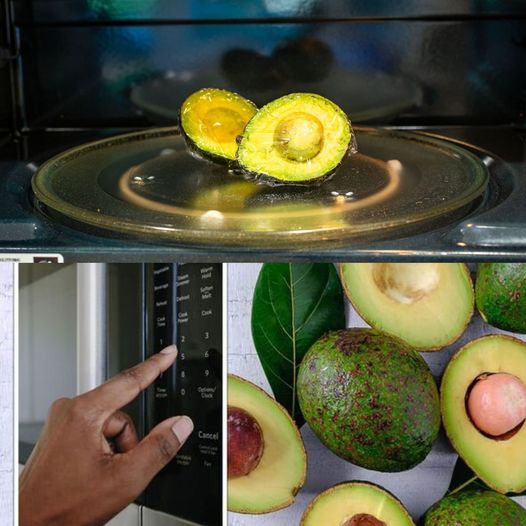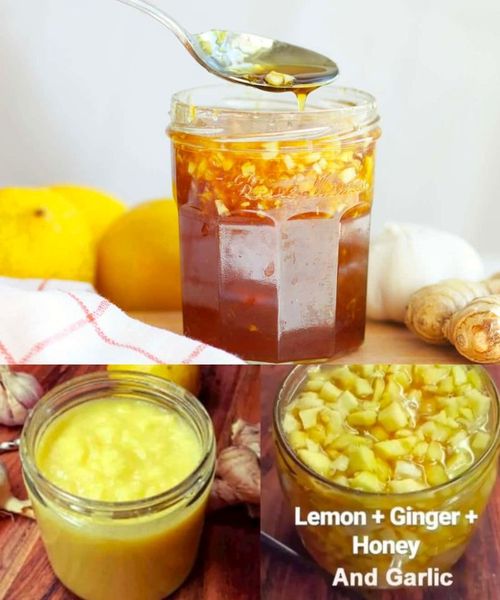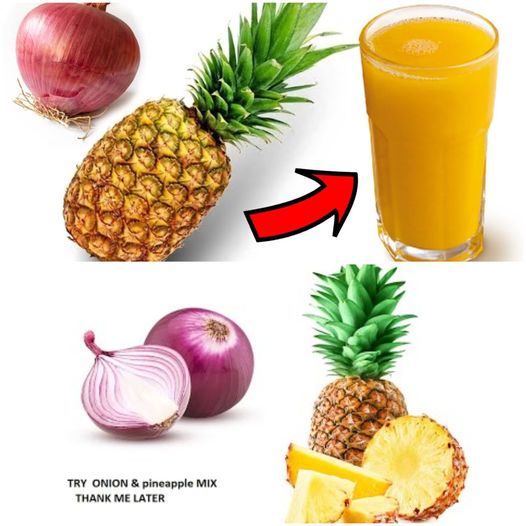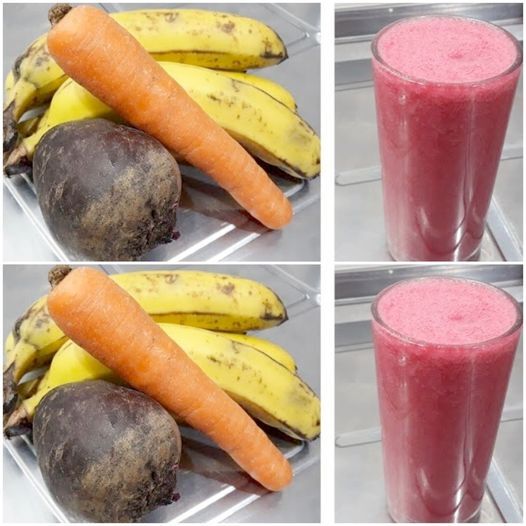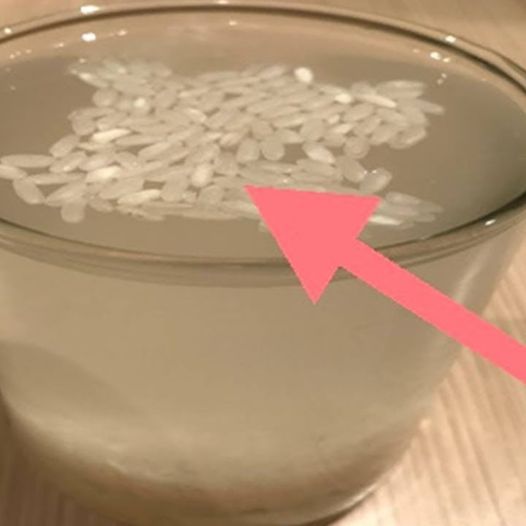Vinegar, a common ingredient found in kitchens everywhere, is renowned for its culinary versatility – but it also has many other great uses beyond the world of cooking. This humble household item transcends its traditional role, emerging as a surprisingly effective solution for a wide range of everyday challenges.
In this video, we’re going to show you 15 unexpected yet practical uses of vinegar that will make you view this common ingredient in a whole new light!
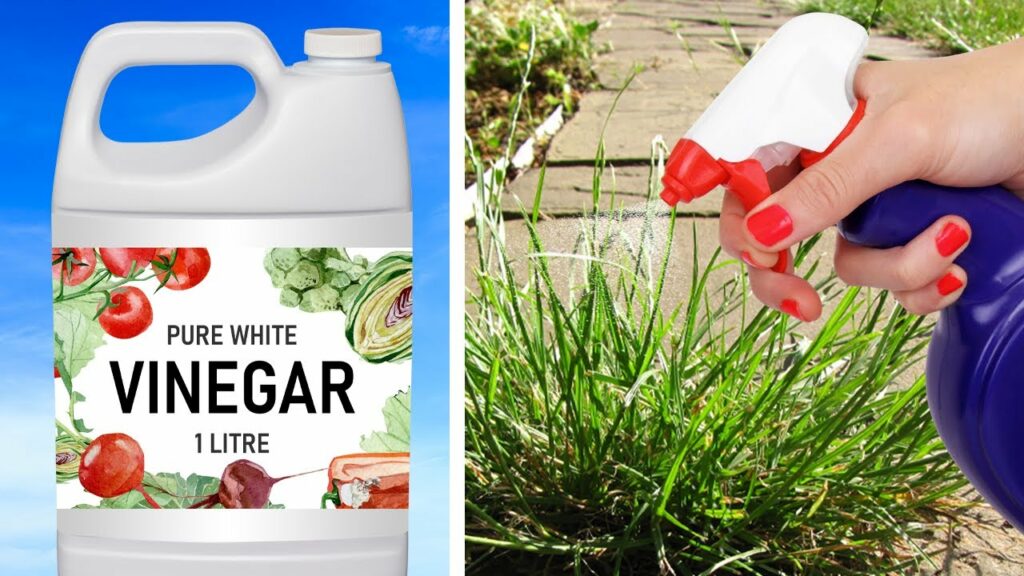
Number 1 – Get Rid of Weeds
Gardening enthusiasts and eco-conscious individuals alike will find vinegar to be an unexpected ally in the battle against weeds. For a potent homemade weed killer, mix 1 gallon of white vinegar with 1 cup of salt and 1 tablespoon of liquid dish soap. This concoction enhances the weed-killing efficiency of vinegar, with the salt dehydrating the plants and the dish soap aiding in the solution’s adherence to the leaves. For optimal results, apply this mixture to weeds during the sunniest part of the day and watch those pesky suckers wilt away.
Number 2 – Make Fluffier Rice
Here’s a cooking hack you definitely want to try! Add a teaspoon of vinegar to your pot of boiling water before cooking rice. This will significantly enhance the texture of the final dish. The vinegar works by interacting with the starch in rice, preventing them from sticking together too much. This results in each grain being more distinct and fluffy. The vinegar’s taste is not discernible in the cooked rice, but the improvement in texture is unmistakable.
Number 3 – Unclog Drains
Vinegar’s versatility shines again in household maintenance. To clear your drains, start by pouring ½ cup of baking soda directly into the drain. Follow this with ½ cup of vinegar. The result is a fizzing action that helps to break down clogs and grime. After letting it sit for an hour, flush the drain with hot water. This eco-friendly method clears your pipes, without the harsh chemicals found in commercial drain cleaners, making it safe for both your home and the environment.
Number 4 – Relieve a Jellyfish Sting
A beach day gone awry with a jellyfish sting can find an unlikely remedy in vinegar. When applied to the affected area, vinegar helps to stop the nematocysts, the stinging cells of the jellyfish, from releasing more venom. This action provides immediate relief from pain and prevents further injury, making it a must-have in your beach kit for those unexpected marine encounters.
Number 5 – Remove Old Wallpaper
Vinegar’s multifunctional nature extends to home renovation as well! To create an effective wallpaper-stripping solution, mix equal parts of vinegar and warm water in a spray bottle. Score the wallpaper first to allow the mixture to penetrate more effectively. Then, generously apply the solution to the wallpaper and wait for about 15 minutes. The vinegar solution loosens the adhesive, allowing the wallpaper to peel off more easily, thereby simplifying what can often be a frustrating and laborious task.
Number 6 – Preserve Paintbrushes
For artists and DIY fanatics, vinegar presents an excellent method for preserving and cleaning paintbrushes. When they become stiff and caked with dried paint, immersing the bristles in hot vinegar for a few minutes can rejuvenate them. The acetic acid in the vinegar works to soften and dissolve paint, making it easy to remove. This not only cleans the brushes but also helps maintain their flexibility and prolongs their lifespan.
Number 7 – Clean Your Clothing Iron
Over time, the soleplate of a clothing iron can accumulate grime and mineral deposits, affecting the performance and the quality of ironing. To tackle this, mix 1/4 cup of white vinegar with 3/4 cup of distilled water to create an effective cleaning agent. Gently wiping the cold soleplate with a cloth dampened in this solution can remove the buildup, restoring the smooth glide of the iron. This painless maintenance routine enhances the iron’s efficiency and ensures that your clothes remain spotless and well-pressed.
Number 8 – Remove Grease from Dishes
Vinegar’s natural acidic properties cut through grease with ease, simplifying the task of washing heavily greased cookware and utensils. Adding a tablespoon of vinegar to your dish soap can make it much easier to clean heavily soiled pots, pans, and dishes. This addition improves the effectiveness of your dishwashing liquid and results in a streak-free shine, all without the use of harsh chemicals.
Number 9 – Prevent Eggs from Cracking
Boiling eggs can sometimes be a tricky affair, especially when they crack and create a mess in the pot. Vinegar offers an easy solution to this common kitchen problem. Adding a bit to your pot of boiling water helps to slightly soften the shells, making them more resilient to the heat and less likely to crack. Furthermore, if an egg does crack, the vinegar helps to coagulate the white quickly, preventing it from leaking out.
Number 10 – Sanitize Kitchen Sponges
Kitchen sponges are notorious for harboring bacteria and unpleasant odors. Soaking them in vinegar for about 5 minutes can help keep them clean and hygienic. The acetic acid in vinegar is a natural disinfectant and deodorizer, making it ideal for this purpose. After the vinegar soak, just rinse them thoroughly with water. This routine can be done regularly to maintain the cleanliness of your sponges so that they are safe and effective for daily kitchen use.
Number 11 – Soften Your Clothes
Adding ½ cup of vinegar to your laundry can revolutionize your washing routine. Vinegar acts as a natural fabric softener, breaking down laundry detergent residues that might cling to fabrics. You’ll have softer, cleaner clothes without the use of synthetic chemicals found in commercial softeners. Additionally, vinegar helps in odor removal, leaving your clothes smelling fresh.
Number 12 – Use It as A Natural Cleaning Solution
Vinegar’s acidity makes it an excellent natural cleaning agent. For a general-purpose cleaner, mix 1/4 cup of vinegar with 2 and a half cups of water in a spray bottle. This diluted solution is safe for cleaning windows, mirrors, countertops, and even floors, leaving them sparkling without streaks. For tougher grime, add 1/2 teaspoon of dishwashing liquid to the mixture to enhance its cleaning power.
Number 13 – Refresh Wilted Greens
If your salad greens have lost their perk, don’t toss them out yet. Soak them in ice-cold water with a splash of vinegar. The cold water hydrates the leaves, while the vinegar helps to perk them up, restoring their crispness and freshness. After about 10 minutes, drain and pat them dry. This trick can save your greens from the compost bin and is especially useful for those who hate food waste.
Number 14 – Clean and Descale Kettles and Coffee Makers
Limescale buildup in kettles and coffee makers can affect the taste of your beverages and the efficiency of your appliances. Vinegar comes to the rescue as an effective descaling agent. Fill your kettle or coffee maker with equal parts of water and vinegar. Run a brewing cycle or bring the kettle to a boil, and let it sit for an hour.
Then rinse thoroughly with water several times to eliminate any vinegar taste. Regularly following this cleaning routine will keep your appliances in top condition and contribute to a consistently perfect morning brew.
Number 15 – Remove Rust
Vinegar’s acidic nature makes it an excellent rust remover, too. Simply soak rusted tools, screws, or other small metal items in vinegar overnight or up to 24 hours. Then the rust can usually be wiped off easily with a rag or can be scrubbed away with a brush. This method is particularly useful for restoring old tools or hardware and is a safer, less abrasive alternative to chemical rust removers.
These unexpected uses of vinegar perfectly showcase its efficacy and emphasize its role as an eco-friendly, cost-effective alternative to many chemical-laden products. Next time you’re faced with a household challenge, consider reaching for that bottle of vinegar. It might just be the perfect solution you’re looking for!

